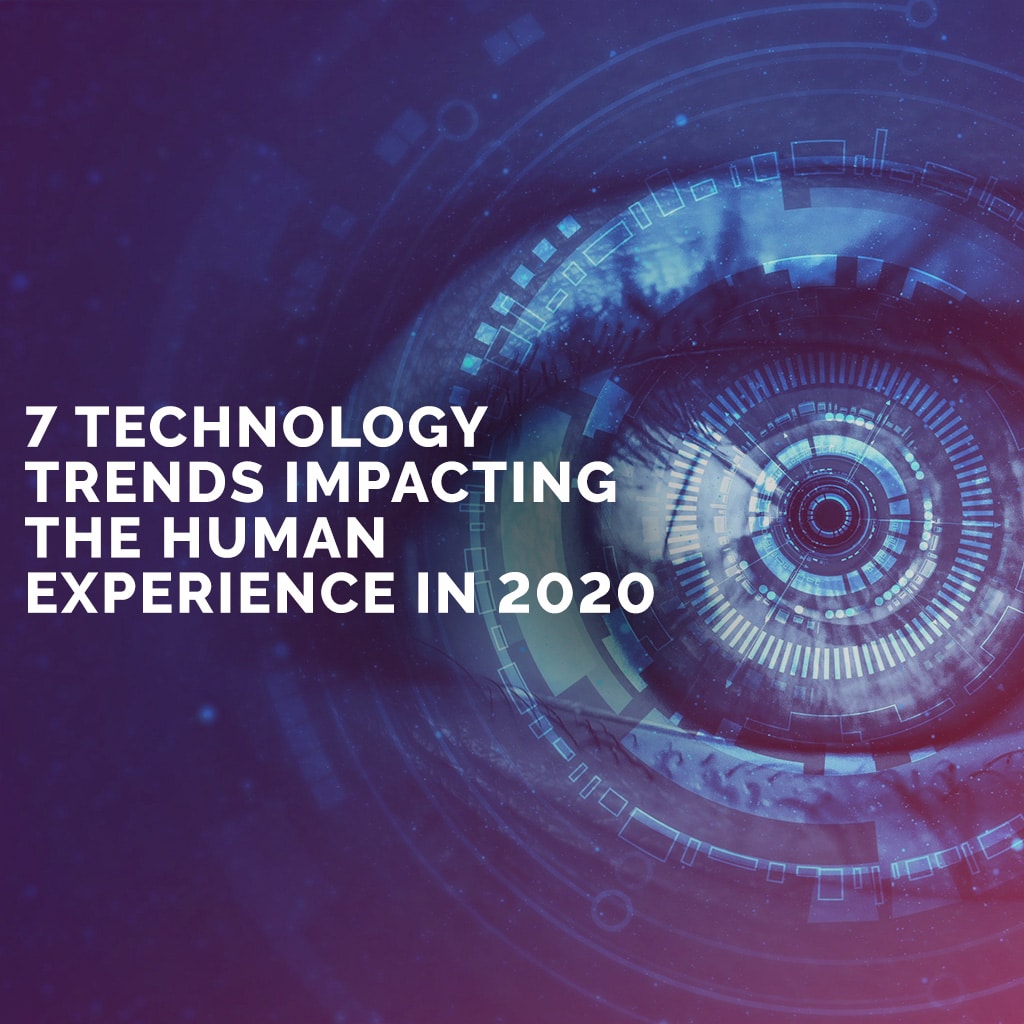
Why Convergence Will be the Make-or-Break Technology Trend of the 2020s
They all have to come together — people and data, assets and inventions.
The 2020s will bring technologies like digital twins, swarm intelligence and virtual/augmented reality into the mobile mainstream. Fatter networks, faster computers and ubiquitous sensors will produce vast torrents of real-time data. All these advances, in turn, allow increasingly accurate predictions that reinforce the need for transformative technologies.
It’s tough enough mastering any one of these challenges. The future belongs to those who converge them all. At DMI, we’ve identified four pillars of digital convergence:
- Human-centric engagement: Building systems that combine visual, touch and auditory signals to create frictionless user experiences.
- Data-centric enablement. Using the best available data to analyze user behavior, anticipate their intent and personalize their experiences.
- Leveraged investments: Getting the best performance from existing technology assets to avoid having to replace systems that already work well.
- Next-gen empowerment. Inventing new services and systems that enable organizations to transform and disrupt.
We find that companies often excel on the human side but lag on the data side. Or they excel with data but need help developing human-centered user interfaces. DMI’s convergence framework acknowledges that companies often have worthwhile systems and might not require a rip-and-replace project. It also encourages clients to invent new, potentially disruptive products and services that strengthen their competitive position.
Any of these efforts is worthwhile on its own. But with technology evolving so quickly in the 2020s, organizations have to succeed at all four. That’s why our convergence framework pulls these forces into alignment.
What Convergence Looks Like
Consider the challenge of developing new pharmaceuticals. It takes years of effort in laboratories and clinical trials to bring effective cures into the marketplace, pushing costs into the stratosphere. Technologies that shrink development times while ensuring safe treatments can save lives and earn substantial fortunes for their inventors.
Technology convergence can help with:
- Data centricity: Developing advanced, AI-enabled algorithms that accurately predict the efficacy of specific drugs with certain populations.
- Human centricity: Adapting virtual- and augmented-reality applications and devices that help researchers visualize molecules, tissues, bones and other variables in real time and collaborate quickly to pool their knowledge.
- Leveraged investments: Optimizing systems for cloud computing and data security to encourage adoption and hold the line on costs.
- Innovative inventions: Building a SaaS platform that disrupts molecule discovery or drug manufacturing.
Excelling in one or two of these areas would have been a laudable achievement in years past. But in the years to come, there will be no choice but to do all four.
Converging in the 2020s in Every Industry
Complex industries like pharmaceuticals, health care and automotive manufacturing have strong incentives to embrace a converged digital transformation model. With upstart competitors bringing new ideas to market every month, incumbents can’t afford complacency.
But we believe the DMI framework applies to any kind of organization or enterprise. We built flexibility into our framework to ensure that companies of any age or size can find a model that suits their marketplace and business goals.
Just consider the virtual/augmented reality example: Call center representatives wearing 3D AR/VR goggles could envision the products they support from every angle, making it much easier to answer callers’ questions and then move on to the next customer. A human-centric system like this would require a sophisticated interplay of data, invention and leveraged assets.
At the same time, weaknesses in any of the four pillars of convergence would undermine everything.
A Convergence Partner
DMI’s converged framework accounts for the entire digital transformation process. We start with a sound technology strategy built upon the client’s precise business requirements and competitive environment.
From there, we build a strategic framework for organizational change to ensure that everybody who matters to the client — employees, customers, vendors, etc. — contributes to the transformation project. Once we’ve laid that groundwork, we create a roadmap describing how to get all these efforts moving in the same direction at the same time.
That’s where our skills and our clients’ priorities converge.
-Andrew Brockett, senior director/digital technology office